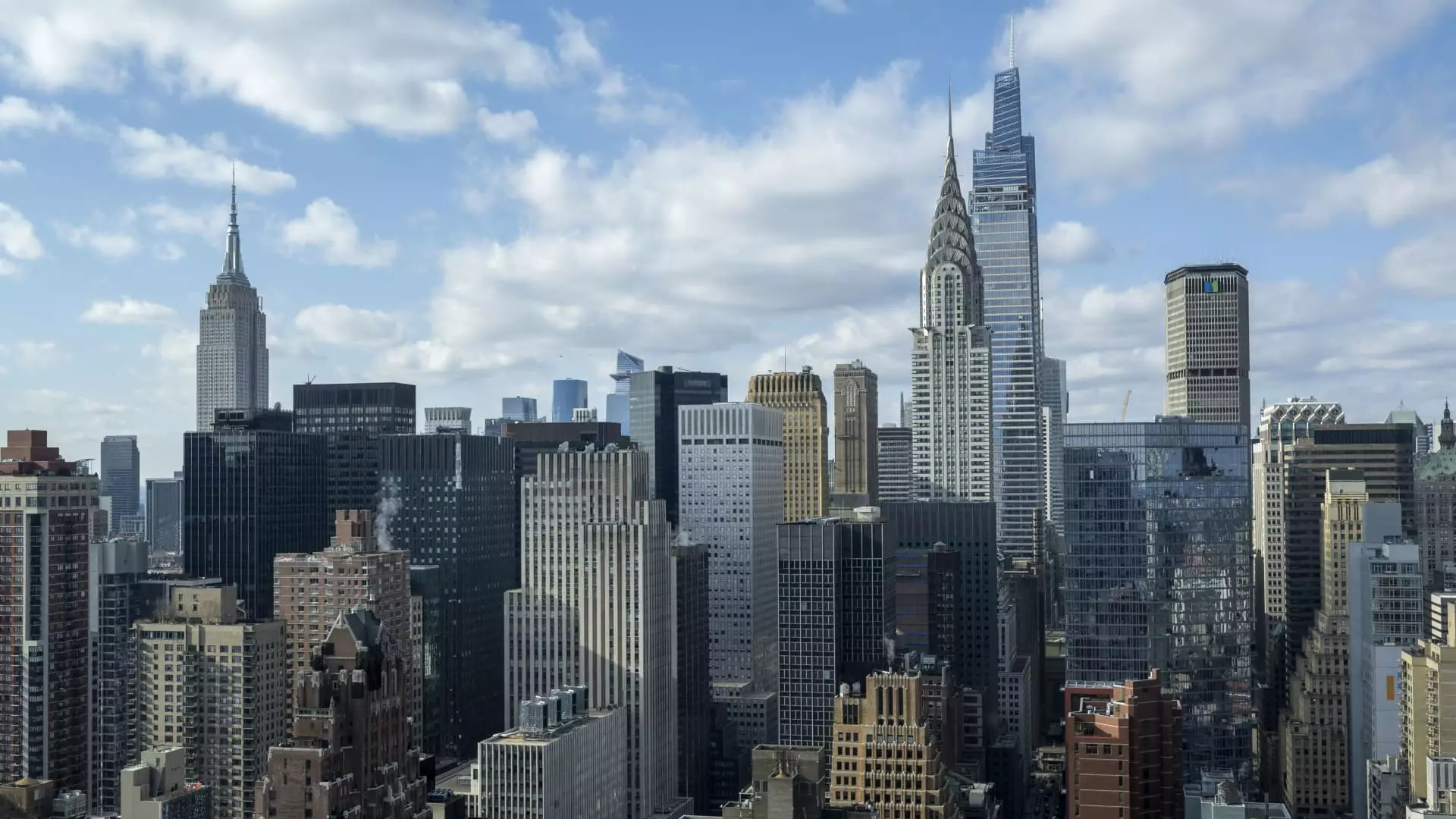The Resurgence of New York City’s Office Space Market: A Glimpse into 2025

New York City is experiencing a remarkable resurgence in office space demand, a trend that has brought the market back to levels not seen since the pre-pandemic era. As societal norms shift once again, various factors are driving this robust recovery, notably the influx of new workers and a coordinated effort by employers to entice their workforce back to physical offices. Data from VTS indicates a 25% increase in office demand during the last quarter compared to the previous year, a promising early sign for leasing activity as more potential tenants show interest by touring available spaces.
Cultural and Economic Impetus
The revival of in-office work in New York City can be attributed to the unique cultural dynamics and economic landscape of the area. According to Nick Romito, CEO of VTS, both the finance and tech sectors are leading this charge, demonstrating resilience and adaptability in the face of ongoing changes in work practices. Companies are recognizing the value of fostering collaboration and innovation within physical office spaces, particularly in industries that thrive on team interactions and face-to-face engagement.
SL Green Realty Corp, a prominent real estate investment trust focused on Manhattan’s office and retail sectors, recently reported its earnings for the last quarter. Despite falling short of revenue expectations, analysts identified a tightening trend in the office market, suggesting that demand for leasing is ramping up. SL Green’s CEO, Marc Holliday, pointed to an anticipated increase of approximately 38,000 office-using jobs by 2025, driven primarily by sectors such as finance, business services, and information technology. Remarkably, these anticipated roles largely eschew the work-from-home model, which reinforces the expectation of sustained need for office spaces.
Holliday projected strong demand throughout 2025, citing a current occupancy rate of 92.5% that is expected to surpass 93% in the forthcoming year. The anticipated growth in office-using jobs signifies a significant uplift in square footage requirements per employee. These remarks underscore a clear shift toward proactive office strategies as companies bring employees back to the workplace for several days a week.
High-Profile Leases and Expanding Footprints
A significant endorsement of New York City’s revitalized office landscape is highlighted by IBM’s recent commitment to expand its office at One Madison Avenue. By signing a lease for an additional 92,663 square feet, IBM has effectively upped its total occupancy at this location to over 362,000 square feet. This decision showcases a long-standing commitment to not just the city but to boosting the tech sector as a whole. As emphasized by Joanne Wright, IBM’s senior vice president for transformation and operations, the expanded space is engineered to cultivate a vibrant and collaborative environment that integrates employees, clients, and partners.
While New York leads the recovery narrative, it is essential to consider the nuanced differences across various markets. San Francisco, for example, recorded an impressive annual growth rate of 32%, albeit starting from a lower demand baseline. Similarly, other cities like Seattle and Chicago are witnessing growth rates of about 15%, reflecting employers’ increasing acceptance of hybrid work models that necessitate regular office presence. This regional disparity underscores the complexity of the post-pandemic office landscape, where traditional markets adapt to new norms.
Ryan Masiello, Chief Strategy Officer of VTS, sheds light on this evolving dynamic: while cities like New York are rapidly reinstating conventional office formats, the broader national picture is one of cautious optimism with a steady, albeit gradual, improvement in demand across the country. An increase of 12% in national demand in the fourth quarter, compared to the previous quarter, points to a transformative moment in office space investment, showcasing a resilience against seasonal setbacks and economic uncertainty.
New York City’s office market is on the path to recovery, driven by several converging factors including an expected rise in jobs, significant corporate commitments to physical spaces, and heightened demand across varying markets. As companies adapt to the evolving landscape of work, the trend suggests a vigorous demand for office spaces, challenging the notion of remote work as the future norm. With this revival, New York City reaffirms its position not only as a hub of economic activity but as a center fostering collaboration and innovation for generations to come.





